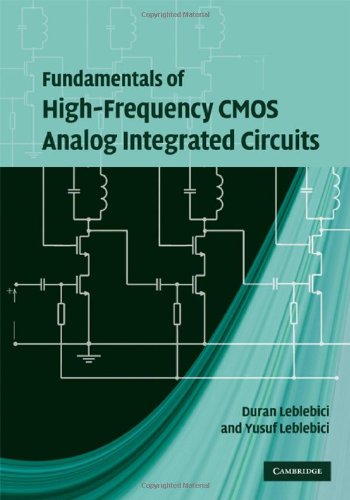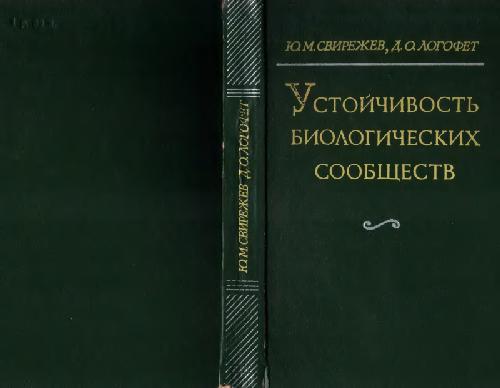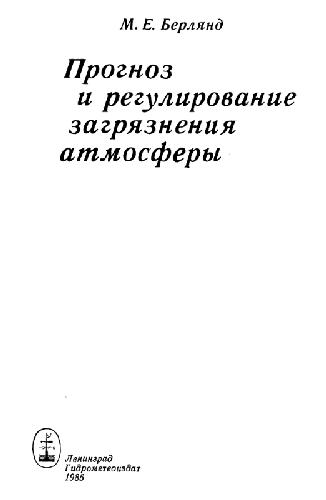Duran Leblebici, Yusuf Leblebici0521513405, 9780521513401
Table of contents :
Cover……Page 1
Half-title……Page 3
Title……Page 5
Copyright……Page 6
Dedication……Page 7
Preface……Page 9
1.1 MOS transistors……Page 17
1.1.1 Current-voltage relations of MOS transistors……Page 19
1.1.1.1 The basic current-voltage relations without velocity saturation……Page 20
1.1.1.2 Current-voltage relations under velocity saturation……Page 27
1.1.1.3 The sub-threshold regime……Page 31
1.1.2 Determination of model parameters and related secondary effects……Page 35
1.1.2.2 Gate capacitance……Page 36
1.1.2.3 Threshold voltage……Page 37
1.1.2.4 Channel length modulation factor……Page 39
1.1.2.5 Gate length (L) and gate width (W)……Page 40
1.1.3 Parasitics of MOS transistors……Page 41
The total gate-source capacitance, Cgs……Page 42
The gate-substrate capacitance, Cgb……Page 44
The drain-substrate and source-substrate capacitances, Cdb and Csb……Page 45
1.1.3.2 The high-frequency figure of merit……Page 46
1.1.3.3 The parasitic resistances……Page 47
1.2.1 On-chip resistors……Page 52
1.2.2.1 Passive on-chip capacitors……Page 54
The parasitics of passive on-chip capacitors……Page 55
1.2.2.2 Varactors……Page 56
1.2.3 On-chip inductors……Page 59
2.1 Common source (grounded source) amplifier……Page 65
2.1.1 Biasing……Page 69
2.1.2 The small-signal equivalent circuit……Page 70
2.2 Active transistor loaded MOS amplifier (CMOS inverter as analog amplifier)……Page 79
2.3 Common-gate (grounded-gate) amplifier……Page 84
2.4 Common-drain amplifier (source follower)……Page 86
2.5 The “long tailed pair”……Page 91
2.5.1 The large signal behavior of the long tailed pair……Page 100
2.5.2 Common-mode feedback……Page 104
3 High-frequency behavior of basic amplifiers……Page 111
3.1.1 The R-C load case……Page 115
3.2 The source follower amplifier at radio frequencies……Page 119
3.3 The common-gate amplifier at high frequencies……Page 126
3.4 The “cascode” amplifier……Page 130
3.5 The CMOS inverter as a transimpedance amplifier……Page 134
3.6 MOS transistor with source degeneration at high frequencies……Page 142
3.7.1 The R-C loaded long tailed pair……Page 145
3.7.2 The fully differential, current-mirror loaded amplifier……Page 148
3.7.3 Frequency response of a single-ended output long tailed pair……Page 152
3.7.4 On the input and output admittances of the long tailed pair……Page 157
3.8 Gain enhancement techniques for high-frequency amplifiers……Page 159
3.8.1 “Additive” approach: distributed amplifiers……Page 160
3.8.2 Cascading strategies for basic gain stages……Page 162
3.8.3 An example: the “Cherry–Hooper” amplifier……Page 164
4 Frequency-selective RF circuits……Page 171
4.1.1 The parallel resonance circuit……Page 172
4.1.1.1 The quality factor of a resonance circuit……Page 176
4.1.1.2 The quality factor from a different point of view……Page 179
4.1.1.3 The “Q enhancement”……Page 180
4.1.1.4 Bandwidth of a parallel resonance circuit……Page 184
4.1.1.5 Currents of L and C branches of a parallel resonance circuit……Page 185
4.1.2 The series resonance circuit……Page 186
4.2 Tuned amplifiers……Page 188
4.2.1 The common-source tuned amplifier……Page 189
4.2.2 The tuned cascode amplifier……Page 195
4.3 Cascaded tuned stages and the staggered tuning……Page 197
4.4.1 Magnetic coupling……Page 205
4.5 The gyrator: a valuable tool to realize high-value on-chip inductances……Page 210
4.5.1 Parasitics of a non-ideal gyrator……Page 213
4.5.2 Dynamic range of a gyrator-based inductor……Page 217
4.6 The low-noise amplifier (LNA)……Page 218
4.6.1 Input impedance matching……Page 219
4.6.2 Basic circuits suitable for LNAs……Page 223
4.6.3 Noise in amplifiers……Page 226
4.6.3.1 Thermal noise of a resistor……Page 228
4.6.3.2 Thermal noise of a MOS transistor……Page 229
4.6.4 Noise in LNAs……Page 240
4.6.5 The differential LNA……Page 250
5.1 The negative resistance approach to L-C oscillators……Page 253
5.2 The feedback approach to L-C oscillators……Page 261
5.3 Frequency stability of L-C oscillators……Page 265
5.3.1 Crystal oscillators……Page 267
5.3.2 The phase-lock technique……Page 269
5.3.3 Phase noise in oscillators……Page 271
6.1 General observations……Page 275
6.2 Discrete-time sampling……Page 279
6.3 Influence of sampling clock jitter……Page 281
6.4 Quantization noise……Page 283
6.5 Converter specifications……Page 284
6.5.1 Static specifications……Page 285
6.5.2 Frequency-domain dynamic specifications……Page 289
6.6 Additional observations on noise in high-frequency ICs……Page 291
Appendix A: Mobility degradation due to the transversal field……Page 293
NMOS basic parameters for hand calculations (obtained from BSIM3-v3 parameters and rounded)……Page 295
PMOS basic parameters for hand calculations (obtained from BSIM3-v3 parameters and rounded)……Page 296
Appendix C: BSIM3-v3 parameters of AMS 0.35 micron NMOS and PMOS transistors……Page 297
D.1 DC current sources……Page 303
D.2.2 Frequency characteristics under velocity saturation……Page 308
References……Page 309
Index……Page 313







Reviews
There are no reviews yet.